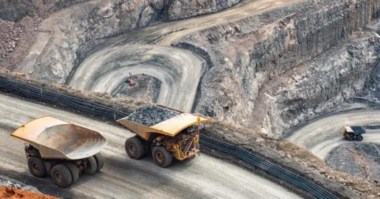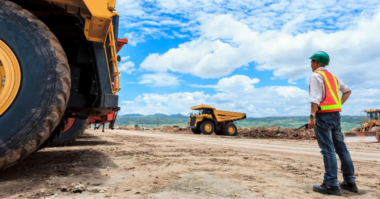Increasing sustainability in the mining industry is crucial given the sector’s environmental and social impacts. Proactive maintenance plays a vital role in advancing these sustainability goals by ensuring equipment operates efficiently, reducing waste, and minimizing environmental harm. Here’s how proactive maintenance can bolster sustainability in mining:
- Optimizing Resource Use:
Proactive maintenance ensures that mining machinery operates at optimal efficiency, reducing the consumption of energy and resources.
Well-maintained equipment uses fuel and power more efficiently, decreasing emissions and energy waste. - Reducing Equipment Downtime:
Downtime not only affects production but can lead to resource wastage. By minimizing unplanned breakdowns through proactive maintenance, mines can improve their operational efficiency, ensuring resources like water and energy are utilized effectively. - Extending Equipment Lifespan:
Regular maintenance checks and proactive replacements of worn-out parts can significantly extend the life of mining equipment, reducing the need for new machinery production, which has its environmental costs. - Waste Reduction:
Faulty equipment can lead to over-extraction or inefficient processing, generating more waste material. Proactive maintenance ensures processes are streamlined and precise, leading to minimal waste. - Preventing Accidental Spills and Leaks:
Regular equipment checks can identify issues like seal leaks or structural weaknesses that might lead to hazardous material spills, which can be devastating to local ecosystems. - Safety and Health:
Well-maintained equipment is safer for workers, reducing accidents and exposure to harmful substances.
A focus on proactive maintenance underscores a company’s commitment to its workforce’s well-being, an essential aspect of social sustainability. - Incorporating Green Technologies:
Proactive maintenance regimes can incorporate the integration of cleaner, greener technologies. For instance, replacing older components with newer, eco-friendly alternatives or retrofitting machines to reduce emissions. - Data-Driven Decisions:
Leveraging predictive maintenance tools, such as sensors and machine learning algorithms, can help mines anticipate and address equipment issues before they result in resource wastage or environmental harm. - Reduced Carbon Footprint:
Efficient machines burn less fuel and consume less power, directly reducing greenhouse gas emissions. - Community Relations:
A mine that operates efficiently and with minimal environmental disruptions can foster better relations with local communities. Proactive maintenance can reduce noisy breakdowns, unscheduled disruptions, and environmental hazards, all of which can strain relationships with local residents. - Financial Sustainability:
Reducing equipment breakdowns, extending machinery life, and optimizing resource use also translates to cost savings, ensuring the financial sustainability of the mining operation.
While mining inherently poses sustainability challenges, proactive maintenance offers a tangible way to mitigate many environmental and social impacts associated with the industry. By ensuring equipment and processes run smoothly, efficiently, and with minimal waste, mining companies can take significant steps toward a more sustainable future.




